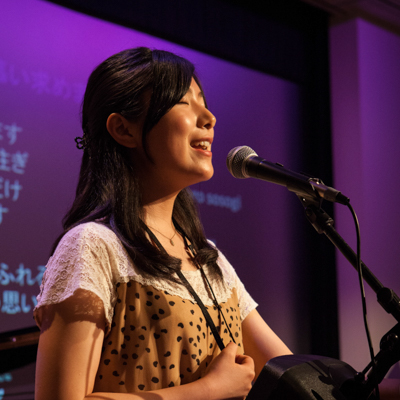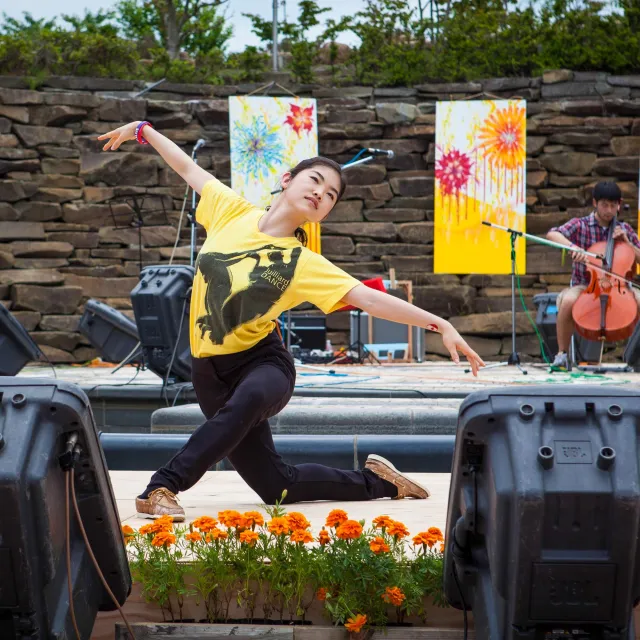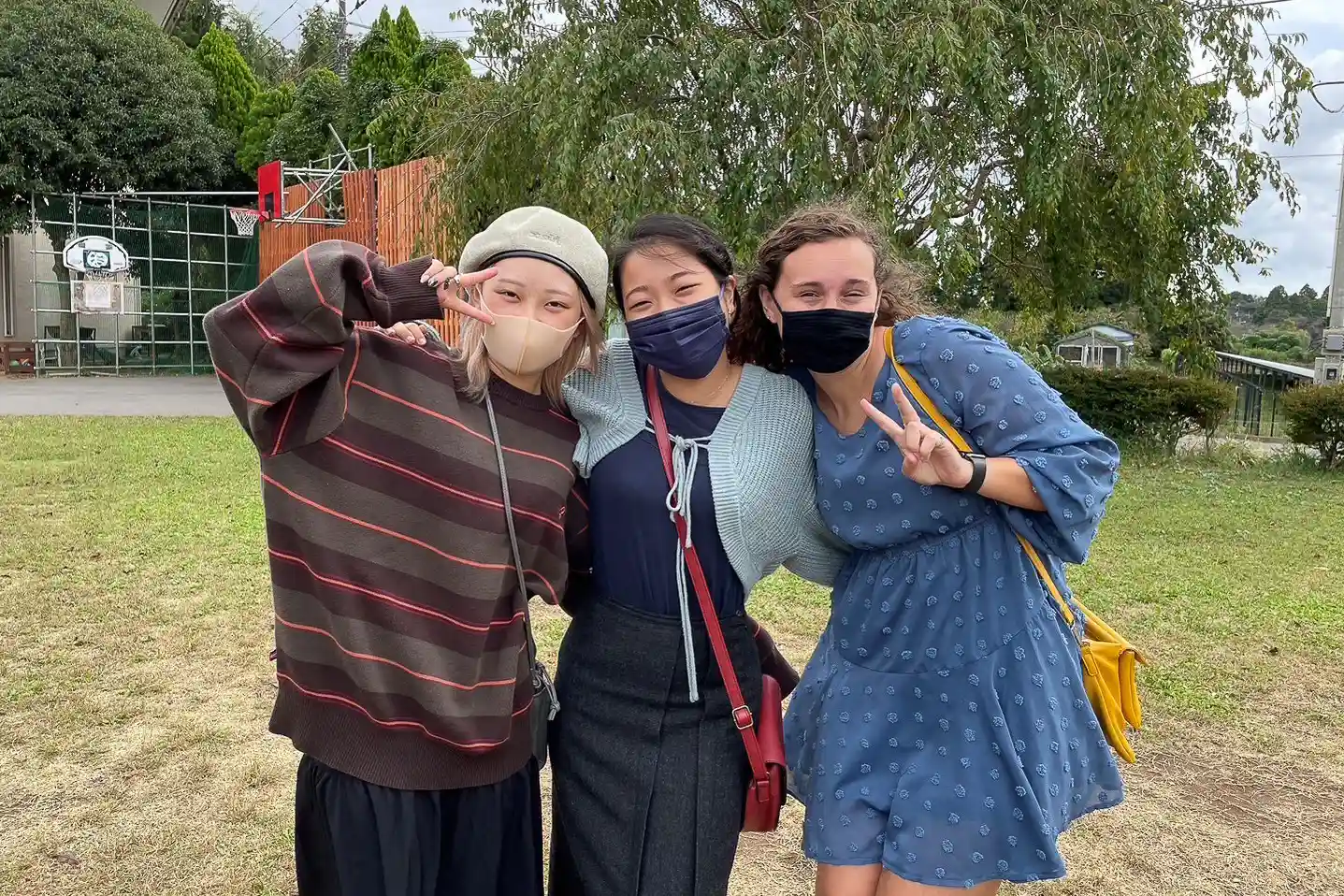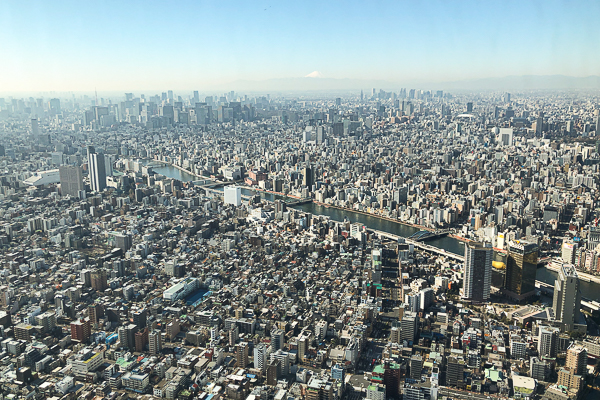Broken Beauty
Finding the Gospel in Japanese Culture

In my first journal entry from my arts internship in Japan, I wrote, “I will admit, there’s already a part of me that feels lonely and disengaged. That seems to be common here. I want to fight this tendency. I want to see the ways God is working, the ways that His creation is already evident. Lord, show me the ways you are already here.”
Now, months later, I want to share what God has shown me:
Understanding Beauty
What is beauty? What does it really mean? Something flawless? Awe-inspiring?
What if there is beauty in that which is not perfect? In that which was broken and made new?
In Japan, an art form called kintsugi is popular. It’s the practice of repairing broken pottery with gold-dusted lacquer, highlighting the broken places. The golden cracks reveal the breakage and repair as a part of the story surrounding the object—making it something of value to exhibit rather than disguise.
People, this is the gospel!
In his book, The Broken Leaf (Wipf and Stock, 2019), artist and MTW missionary Roger Lowther writes that kintsugi “displays the gospel [in our lives], where the glory of God is revealed in fragile and broken vessels. The glory of our lives and bodies, our value and our beauty, comes from Christ displayed in our weaknesses—in our cracks.”
Roger points out that God works as the craftsman and Jesus as the lacquer, spilling into and holding together all of our broken pieces, creating something even more valuable than before.
Beauty within brokenness is a hidden yet essential feature of Japanese art, literature, gardening, poetry, and more. Even tea, such an integral part of Japanese culture, is made up of hot water and broken leaves. It is the very brokenness of the tea leaves that creates the aroma, and taste, and healing that tea brings. These broken tea leaves, Roger writes, point to Jesus, broken that the world might be filled with the aroma and flavor of the gospel. Japan is less than 1% Christian. At first glance, it seems as though God is silent here. But the blueprints of God’s handiwork have been traced in Japanese culture from the very beginning.
This beauty within brokenness—a very Japanese concept—is also a core message of the gospel. Though they did not know it, God planted this divine truth deep within a culture where very few have accepted Christ. Roger writes, “God is not new to Japan. He was here before the first missionary ever set foot here.” God is here now, and he’s working in the hearts of these people to reveal the full truth of Jesus’ brokenness that restores our wholeness in Him.
Interested in an arts internship? Contact [email protected] or visit mtw.org/internships to learn more about our summer internships.





